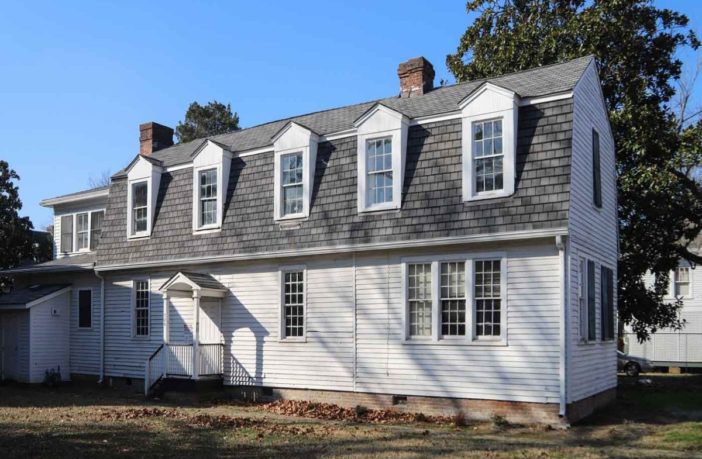Williamsburg’s Bray School, the oldest Black school in America, is slated to reopen to the public in September 2024, commemorating the 250th anniversary of its closure.
After scholars found in 2020 that the original Bray School was housed on the campus of William & Mary, they started the restoration work and the 18th-century structure then made its way this February from the W&M campus to its new permanent home at the Colonial Williamsburg Historic Area, where plans have been set in motion for its reopening later this year.
The W&M website wrote, “As a joint venture of William & Mary and the Colonial Williamsburg Foundation, the Williamsburg Bray School Initiative will use the Bray School as a focal point for research, scholarship, and dialogue regarding the interconnected, often troubled, legacy of race, religion, and education in Williamsburg and in America.”
Matt Webster, Executive Director of Architectural Preservation and Research, at The Colonial Williamsburg Foundation, told Essence, “What makes this building different from other historical buildings at Colonial Williamsburg? Every building is unique and represents the individuals that built, lived, worked, and in this case were educated there.”
He added “The evidence of the environment that they lived in and learned in is present throughout the building. Even taking into consideration the varying perspective the occupants would have seen through the windows informs us about life in the past. Most of all, the Bray School building is a very rare survival. This building is the oldest known surviving structure where Black children were educated in the United States. It is not only rare and different for Williamsburg but for the nation as well.”
After it opened in 1760, hundreds of Black children in Williamsburg, Virginia—both free and enslaved—”attended the Bray School” in the 1760s and 1770s.
For the school’s 14 years of operation, researchers “estimate around 300-400 students attended.” There are currently six identified descendants, one of whom serves as an oral historian for the Bray School Lab.
According to Webster, the majority of the structures in 18th-century Williamsburg would have been tenements, also known as rental homes. He pointed out that before the Bray School’s conclusive dating, there were only two other period tenements that had undergone extensive renovations to become gentry homes in the 18th and 19th centuries. As a result, they bore little resemblance to the tenements of 18th-century Williamsburg and had lost a great deal of their historical significance.
As per NBC News, Benjamin Franklin, the chairman of an Anglican charity located in London named after philanthropist Reverend Thomas Bray, recommended the establishment of The Bray School in 1760. Additionally, the nonprofit founded schools in New York and Philadelphia, among other locations. The curriculum included the Book of Common Prayer as well as spellers.
After the Revolutionary War, only Philadelphia’s Bray School reopened, while Williamsburg’s ran until 1774. For many years, the structure served as a private residence before being incorporated into William & Mary’s campus.
Eventually, the original location of the former schoolhouse was changed to accommodate a dorm. The original construction was 1.5 floors tall and included a small upstairs. Over time, it underwent expansions to encompass two full stories, and its final function was as an office for ROTC, the college program that trains future military commanders.
Webster remarked, “My personal hope is that visitors use the information we provide about the past to understand how we got where we are today. That information helps chart an informed path to the future.”



